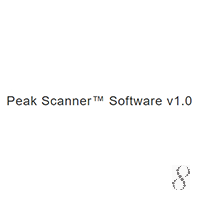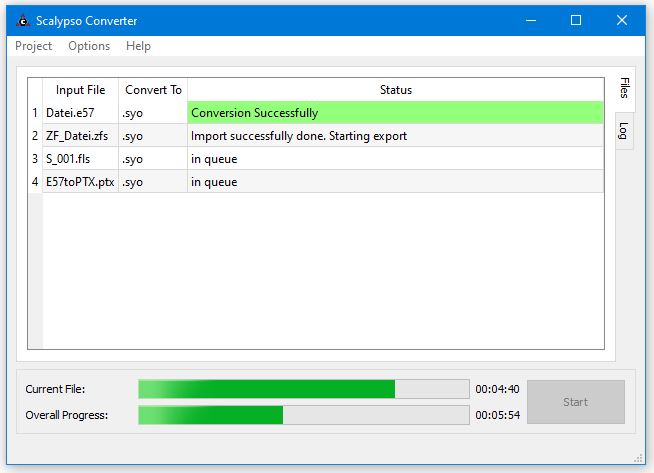
At the same time, this transformation should be capable of easily being integrated into workflow systems that are used to process and manage DNA analysis data. There are several tools required to convert sequence traces and fragment analysis result files into a more common, human-readable file format. For storing fragment analysis results, a common file format is FSA that has been introduced by Applied Biosystems. Sequencing files are referred to as traces and encompass the trace amplitudes, base calls and their confidence values, as well as textual data of the particular sequencing experiment. The most commonly used formats for storing Sanger-type DNA sequencing data are ABI and SCF. However, sequencers and analyzers usually produce data in proprietary formats, which are only readable by programs provided by the instrument's vendor operating on the machine itself or by commercial tools designed for editing the respective files. Graphical reports included in data management systems are very useful to access the results, and to get a quick overview of the data. Current analysis instruments like the Applied Biosystems 3730 × l DNA Analyzer can run up to 96 fragment analysis samples in parallel in a period of a few hours.īecause of the huge amount of data produced by the present generation of sequencers and analyzers, the resulting data is processed and stored using efficient data management systems, even if single reads or fragment analysis are to be studied. to reveal genetic differences between Arabidopsis lyrata and Arabidopsis thaliana by microsatellite development. Fragment analysis is used for genotyping and to investigate genetic diversity as done by Woodhead et al. Besides DNA sequencing, DNA fragments analysis is another indispensable high-throughput technology for basic research in molecular biology laboratories. Nowadays, DNA sequencers permit cheap large-scale genome sequencing producing vast amounts of data within a very short time. Trace2PS and FSA2PS are useful and capable in data management workflow systems like SAMS, or laboratory information systems that are used for displaying trace and fragment analysis results via web-based tools over an intranet or internet connection to users that can view their results directly on the screen.ĭNA sequencing techniques have emerged to fast and customized analysis methods.
Fsa to text file converter for mac software#
The software toolkits provide useful applications to convert sequencing and fragment analysis files from a proprietary into a more common, human-readable format. The converter modules support the commonly used file formats for storage of sequencing (ABI and SCF) and fragment analysis data (FSA). The toolkits are implemented as Perl modules that can be used as standalone command line applications in conjunction with a script-based analysis pipeline, or integrated in software applications for displaying the data content of trace and fsa files. We have developed the software toolkits Trace2PS and Fsa2PS which allow to convert sequence and fragment analysis raw data files to PostScript images, respectively. To allow for a quick conversion of the proprietary data format into a commonly used one, toolkits are required that reach this aim and can be easily integrated into workflow systems. However, the resulting data of sequencing and fragment analysis runs are stored in a proprietary format, the so-called trace or fsa format, which is only readable by programs provided by the instrument's vendor operating on the machine itself or by commercial tools designed for editing the respective data. The inclusion of graphical reports in such systems is necessary to achieve a comprehensive view of the integrated data. To administrate the large data volume conveniently, efficient data management systems are used in order to process and to store sequencers' or analyzers' data outcome.


Due to the advanced techniques in sequencing and fragment analysis, DNA sequencers and analyzers produce vast amounts of data within short time.


 0 kommentar(er)
0 kommentar(er)
